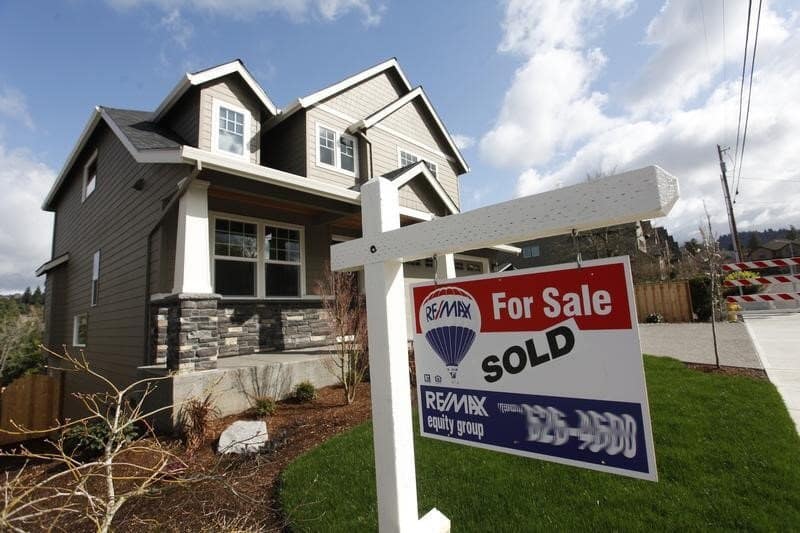One tactic increasingly bringing buyers and sellers closer together is a property pre-listing inspection are obtained by the seller before the home is even listed. A seller’s pre-listing inspection report is not in lieu of one commissioned by the buyer, but it often accomplishes the goal of signaling openness and good faith while at the same time unearthing any unpleasant surprises.

Pre-listing home inspections are regularly performed prior to selling a home.
In some cases, a preemptive seller’s pre-listing inspection means repairs, such as leaks or faulty electrical wiring, will likely be completed in advance on the buyer’s behalf; while less pressing matters may be flagged and the asking price adjusted down accordingly.
The downside means taking disclosure to the next level — the more they know, the more they legally have to disclose — and offering to fix the defects.
But on the upside, a pre-listing inspection that gives buyers a better idea of where they stand and what, if any, additional work is needed, can also help sellers fend off demands for unrealistic price reductions to cover repairs. Buyers typically expect a $2 to $3 price discount for every $1 worth of defects turned up by their inspector.
With their own report, sellers can choose, for example, to spend a few hundred dollars fixing a plumbing problem that might otherwise mushroom into a claim for more than $1,000 off the price and, in the process, spark further potentially prickly negotiations.
Buyer Expectations
Most people want to turn the key and move in. They don’t want repairs, and they certainly don’t want surprises. If they know they have to do some work, they can at least prepare for that. Sellers can say to the buyer: ‘We found these problems. But we wanted to make sure we sold the house in the best condition possible. So, we fixed things, here are the receipts and now you don’t need to deal with this.”

